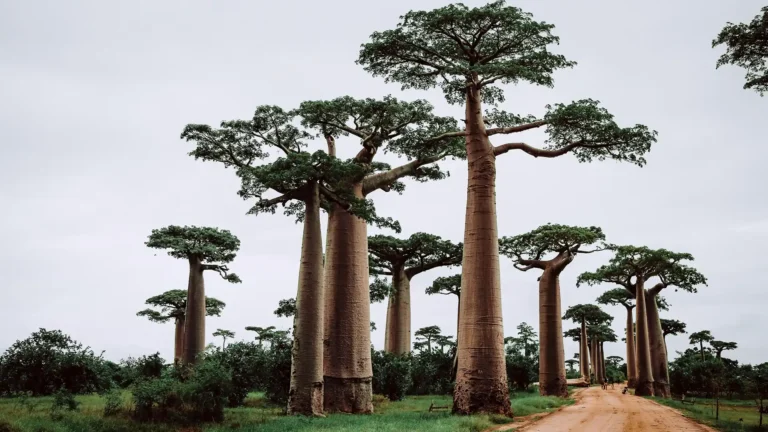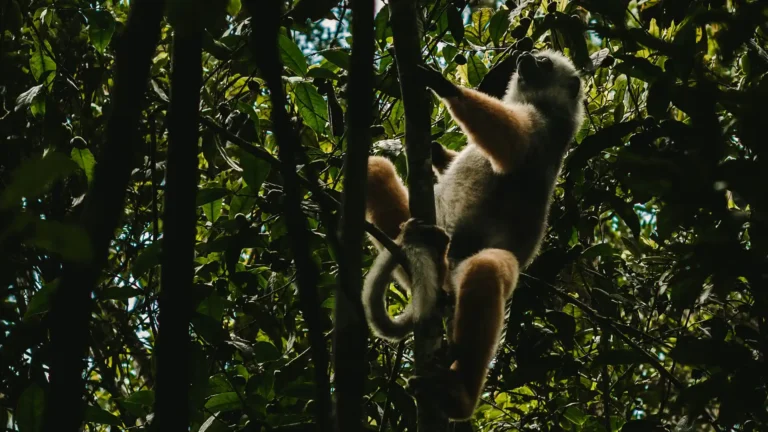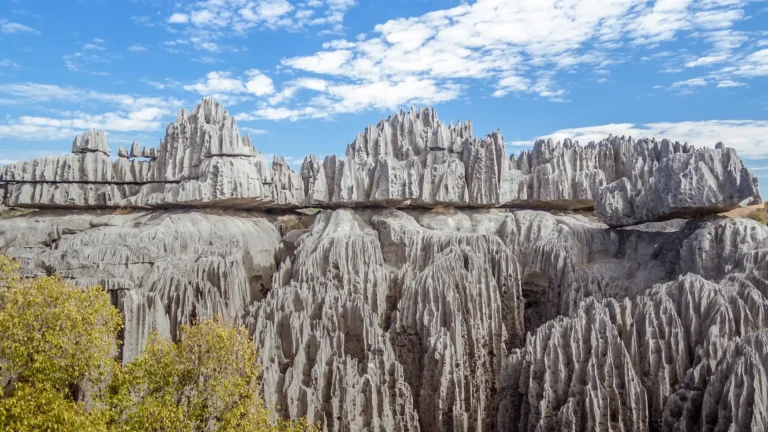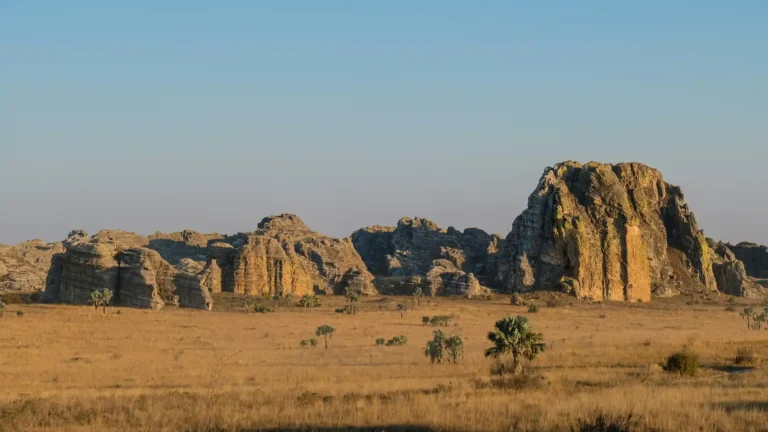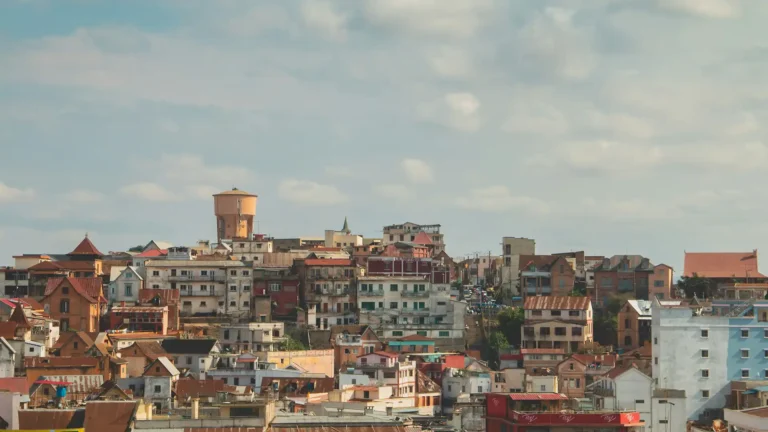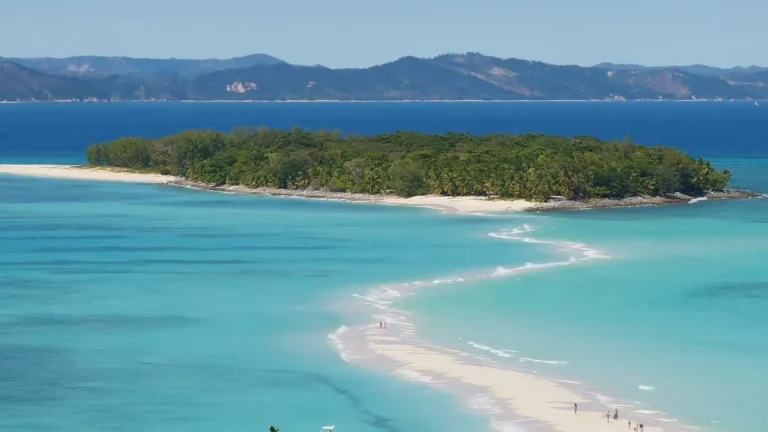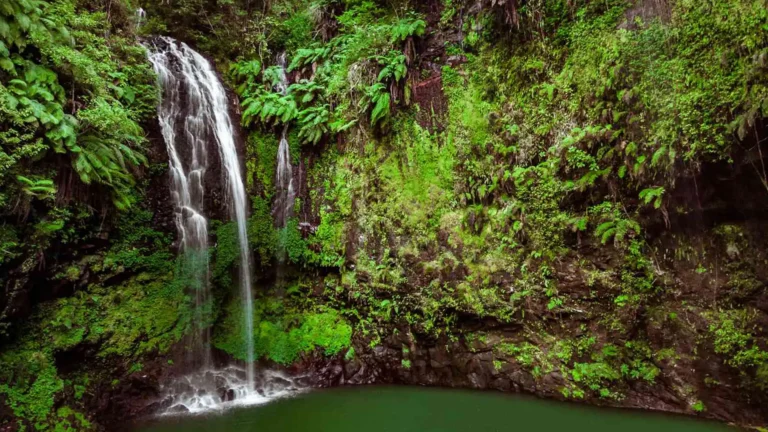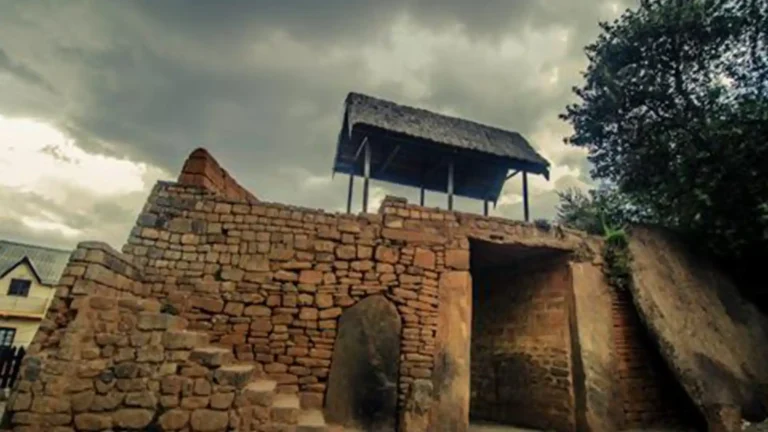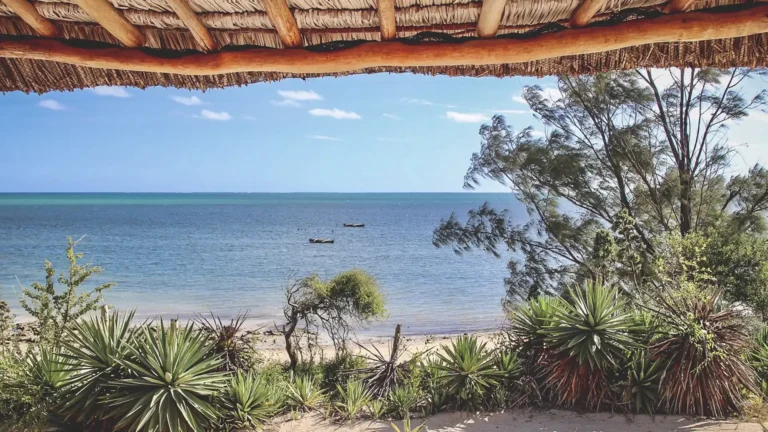Ranomafana National Park
Discover diverse flora and fauna in the misty rainforests of Ranomafana
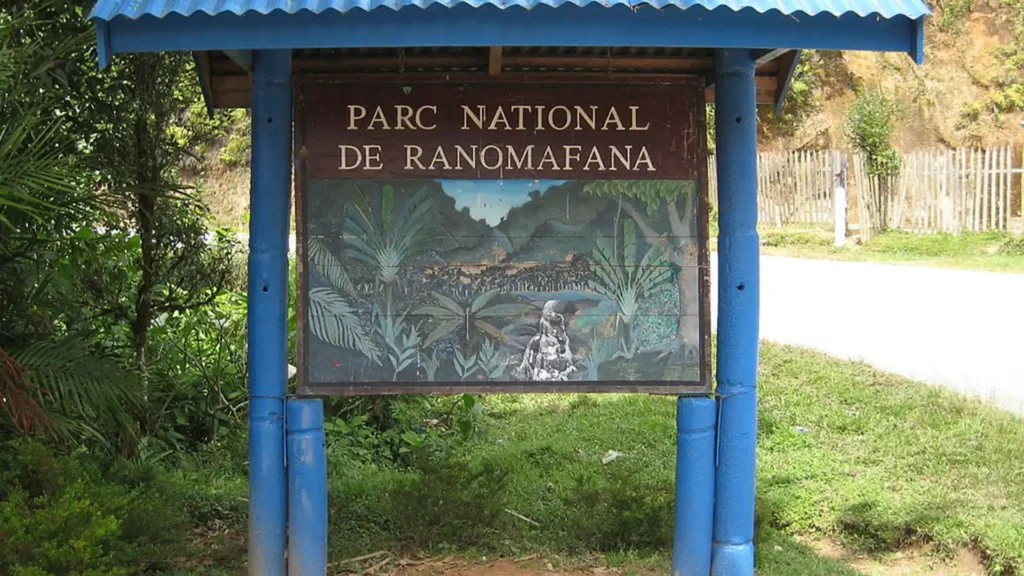
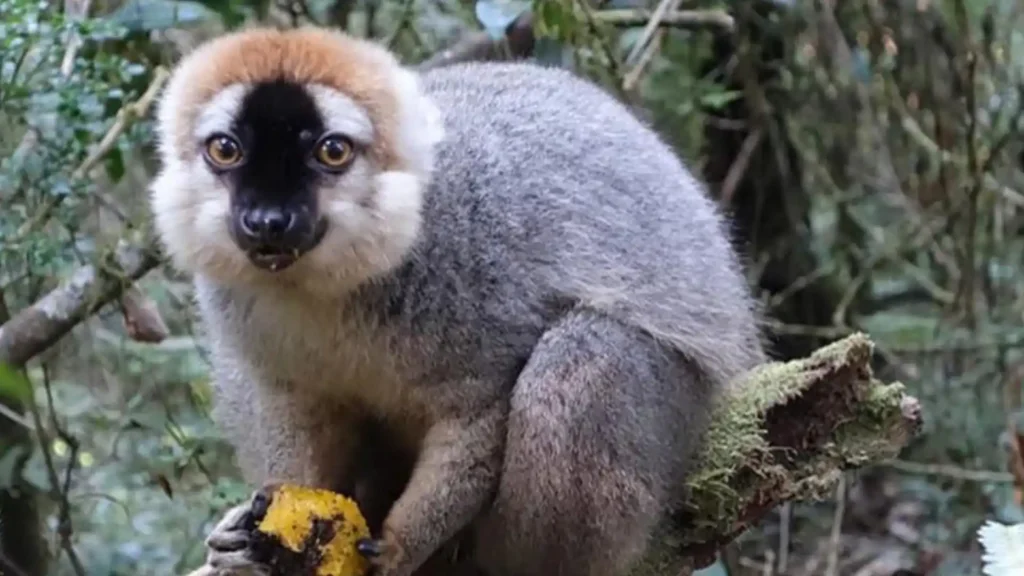
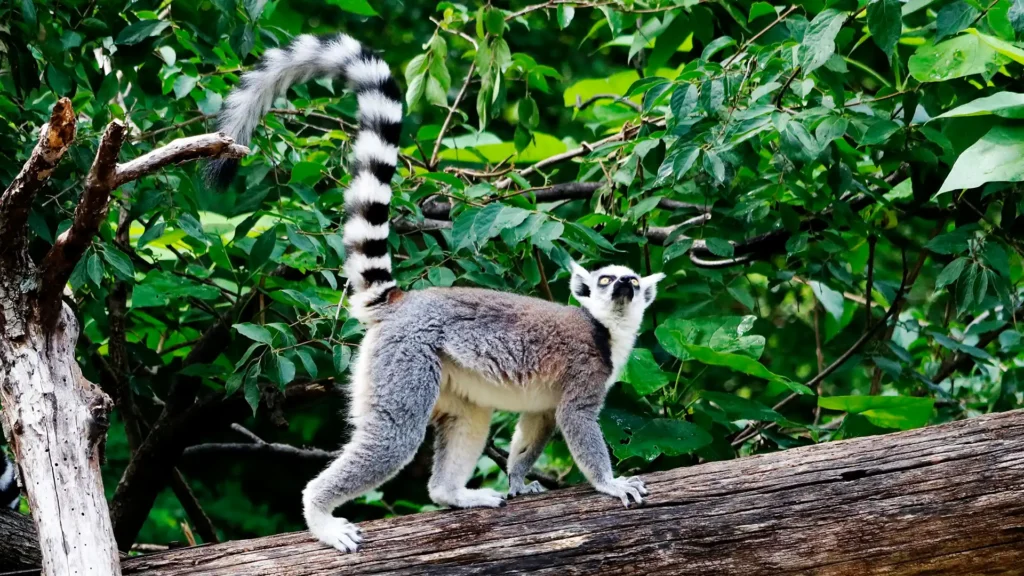
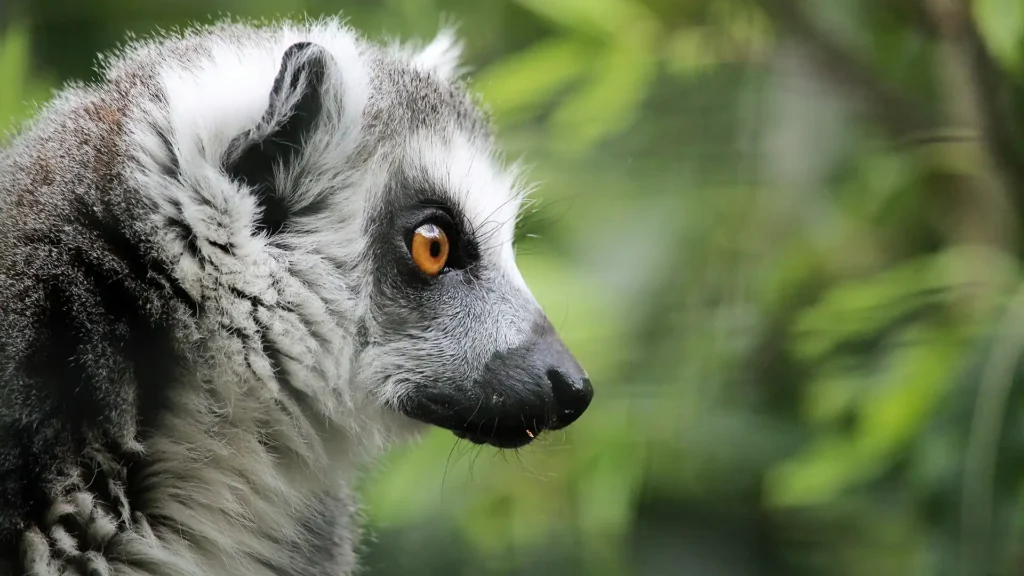
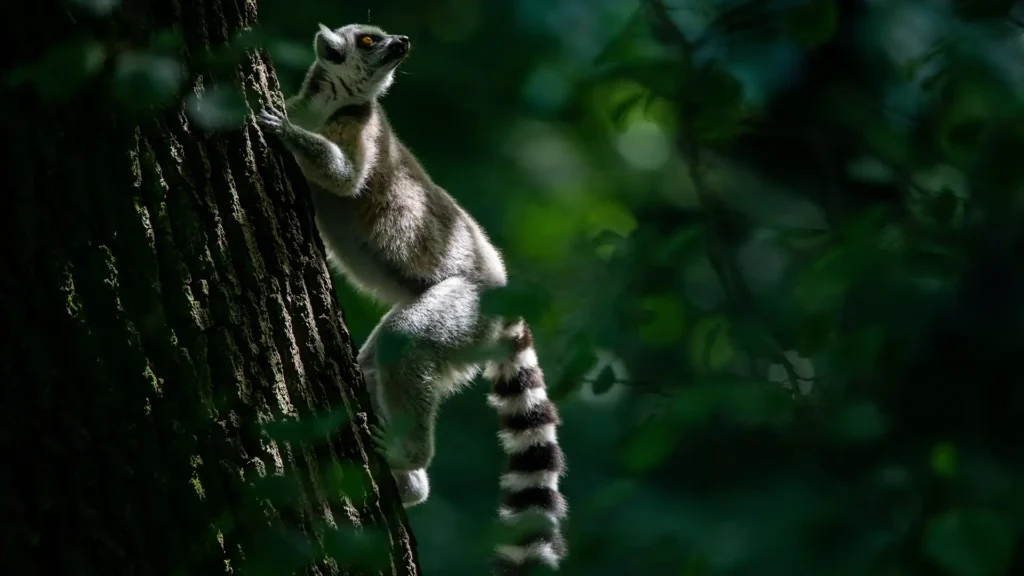
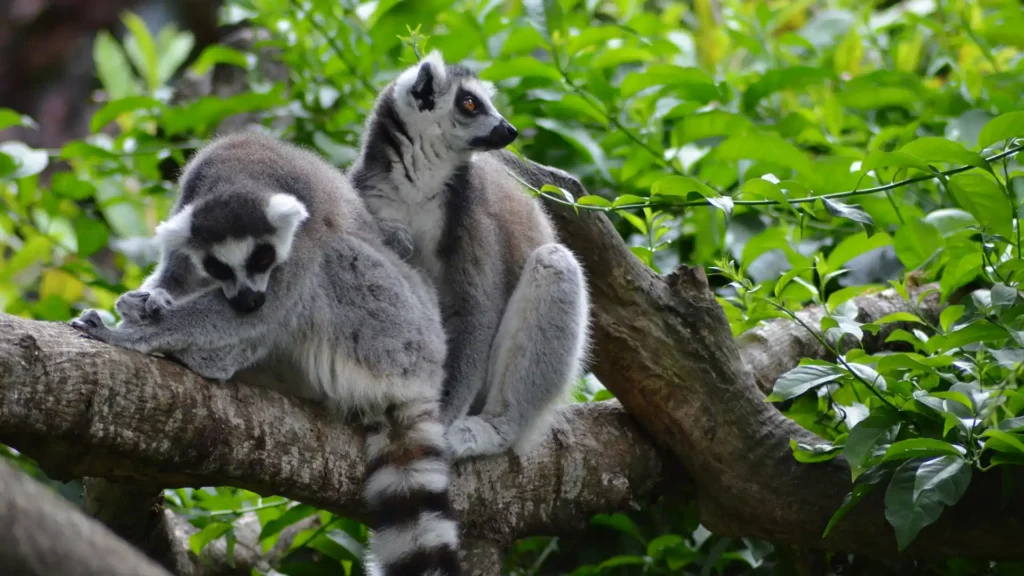
Overview
Nestled in the southeastern highlands of Madagascar, Ranomafana National Park is a lush and captivating expanse of misty rainforests, cascading waterfalls, and diverse biodiversity. Established in 1991 as a response to alarming rates of deforestation, this pristine sanctuary is a testament to conservation efforts, boasting an array of endemic flora and fauna. The park’s name, which means “hot water” in Malagasy, pays homage to its thermal springs and the meandering Namorona River that sustains its rich ecosystem. Encompassing over 41,600 hectares, Ranomafana’s terrain ranges from montane rainforest to cloud forest, creating a haven for an impressive array of wildlife, including 12 lemur species such as the critically endangered golden bamboo lemur and the elusive aye-aye. The park’s avian population is equally captivating, with over 100 bird species soaring through the verdant canopies. Visitors are treated to a sensorial journey through a tapestry of orchids, ferns, and towering trees, making Ranomafana National Park an unparalleled destination for immersive nature experiences.
Things to Do
Ranomafana National Park, located in the southeastern part of Madagascar, is a biodiverse paradise offering a range of activities for nature enthusiasts. Here are some of the top things to do in Ranomafana National Park:
Guided Hiking: Explore the park’s lush rainforests and diverse terrain on guided hiking trails. Experienced guides can lead you to prime wildlife viewing spots and provide valuable insights into the park’s ecology.
Wildlife Watching: Keep an eye out for unique wildlife, including various lemur species, chameleons, and a plethora of bird species. The park is renowned for its rich biodiversity, and with a bit of luck, you may spot some rare and endemic species.
Thermal Hot Springs: Unwind after a day of exploration by soaking in the rejuvenating thermal hot springs located near the park. These natural springs offer a relaxing experience amidst the stunning surroundings.
Birdwatching: Ranomafana National Park is a haven for birdwatchers, boasting an impressive array of bird species. Bring your binoculars and try to spot colorful kingfishers, rare ground rollers, and the elusive mesites.
Cultural Visits: Consider visiting the local villages surrounding the park to gain insight into the traditional lifestyles and customs of the indigenous communities. Engaging with the local culture can provide a holistic understanding of the region’s heritage.
What to See
Diverse Flora and Fauna: The park is home to a remarkable variety of flora and fauna, including multiple lemur species, such as the critically endangered golden bamboo lemur, as well as a rich assortment of reptiles, amphibians, and insects. The lush rainforest vegetation provides a captivating backdrop for wildlife observation and photography.
Pristine Waterways: Ranomafana National Park is intersected by crystal-clear streams and rivers, adding to the park’s scenic beauty. These waterways not only contribute to the park’s ecosystem but also offer tranquil settings for visitors to appreciate the natural surroundings.
Scenic Waterfalls: The park features several stunning waterfalls that cascade through the verdant landscape. Witnessing the breathtaking beauty of these waterfalls is a memorable experience and an excellent opportunity for nature enthusiasts and photographers to capture the park’s natural splendor.
Thermal Springs: Discover the soothing thermal springs nestled within the park. These geothermally heated pools provide a unique and rejuvenating experience, allowing visitors to relax amidst the tranquil ambiance of the rainforest.
Indigenous Flora: Ranomafana National Park showcases an array of indigenous plant species, from vibrant orchids to towering canopy trees. Exploring the diverse flora offers an insight into the intricate ecosystems that support the park’s wildlife.
Best Time to Visit
The best time to visit Ranomafana National Park is during the dry season, which typically runs from May to October. During this time, the weather is generally more pleasant, and the trails are easier to navigate. The dry season also offers better opportunities for wildlife spotting, as animals tend to gather around watering holes and are more active in the cooler temperatures. However, it’s important to note that visiting during the shoulder months of April and November can also be rewarding, as the park is less crowded, and the landscape is lush and green following the rainy season, offering a different perspective for nature enthusiasts and photographers.
Getting there
By Road: To reach Ranomafana National Park by road, you can take a taxi-brousse from Antananarivo, the capital city of Madagascar. The journey takes approximately 10-12 hours, covering a distance of around 400 kilometers. The road conditions can be challenging in some areas, so it’s advisable to hire a reliable driver or opt for a guided tour.
By Air: The nearest airport to Ranomafana National Park is the Manakara Airport, located about 2-3 hours away from the park. Domestic flights from Antananarivo to Manakara are available, with a flight duration of around 1 hour. From Manakara, you can arrange for a taxi or private transport to reach the park.
Where to Stay
Mid-Range Accommodation:
Setam Lodge
Setam Lodge offers comfortable mid-range accommodation near Ranomafana National Park. The lodge features cozy rooms with modern amenities, a restaurant serving local and international cuisine, and a terrace with panoramic views of the surrounding rainforest. Guests can relax after a day of exploring the park and enjoy the tranquil setting.
Centrest Sejour
Centrest Sejour provides mid-range accommodation with a focus on nature and wildlife. The lodge offers simple yet comfortable rooms, a restaurant serving traditional Malagasy meals, and guided tours to Ranomafana National Park for guests to experience the unique flora and fauna of the region.
Luxury Accommodation:
Thermal Hotel
Thermal Hotel offers luxurious accommodation near Ranomafana National Park. The hotel features elegant rooms and suites with private balconies, a spa offering thermal treatments, and a restaurant serving gourmet cuisine. Guests can also enjoy guided tours to the national park for an exclusive wildlife experience.
Sahatandra River Hotel
Sahatandra River Hotel provides exclusive luxury accommodation in a scenic location near Ranomafana National Park. The hotel features spacious rooms and suites with river views, a swimming pool overlooking the rainforest, and a restaurant serving international dishes. Guests can unwind in luxury and explore the park’s natural wonders on guided excursions.
Other Attractions in Madagascar
General Knowledge Base
General information about Ranomafana National Park, Madagascar.
“Ranomafana” translates to “hot water” in Malagasy, referring to the natural hot springs found in the park.
There are over 100 species of frogs, including some that are endemic to the park.
The park is known for its diverse flora, including rare orchids, palms, and medicinal plants with cultural significance.
The park covers an area of 41,601 hectares (161 square miles).
The park is home to 12 lemur species, making it a prime location for lemur enthusiasts and researchers.
The park was established in 1991 to protect the critically endangered golden bamboo lemur and other unique flora and fauna.
There are approximately 100 kilometers of trails, offering visitors ample opportunities for hiking and wildlife observation.
Yes, the park is home to several endemic bird species, attracting birdwatchers from around the world.

